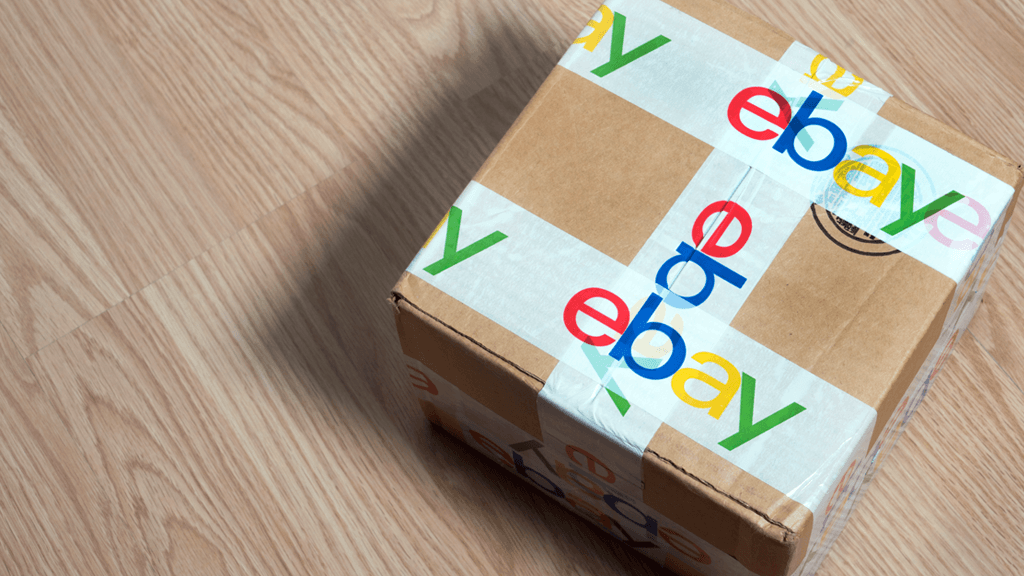Marketplaces
Major eBay Update Coming May 2018: How to Win the New Buy Box
- Written by Mike Glover

eBay is rolling out some major changes to the way listings will be displayed in its search results. From May 2018, a selection of items will have their listings grouped together on a single page for each product - effectively creating an Amazon-style ‘Buy Box’ sellers compete to win. Something eBay are calling 'Shop by Product'. The old way of every individual listing appearing in search results will then be gradually fazed out over the next year or so. Meaning there’ll be some pretty strong ramifications for anyone selling (even a little) on the eBay marketplace. Here’s everything you need to know.
SEE ALSO: Ecommerce Marketing Automation: 5 Ways to Boost Sales on Autopilot
What exactly is eBay ‘Shop by Product’?
As it currently stands, users can search for any item and eBay will return a complete index of every single listing associated with that search. The image below, for example, shows how the term Apple iPad mini 128gb returns a total of 417 listings when searching the traditional way: But the new product-based shopping experience groups all these listings together into just 39 different product variations that eBay has identified: So users are no longer left facing a huge index of listings to sift through. And can see just a few variations of the product they’re actually looking for along with the different buying options. See how the results now bring up colour variations on the iPad mini 128GB and how they can purchase each one:
On the product page, eBay then presents their own ‘top pick’ as well as an opportunity to browse all other listings via options underneath: All this means eBay users no longer need to manually sort through a mountain of listings for the exact same item. And brings eBay into the modern marketplace world with the much more streamlined, easier and quicker experience buyers demand. With all this said, it’s important to keep in mind: You still get your own individual listings page for your products. It just shows up differently in the search results. See how clicking through to some of the buying options for our iPad mini still gets us to a unique product listing eventually:
When does this take effect?
eBay will be rolling this out gradually, so don’t worry about large scale changes hitting all at once. Phase one begins in May 2018, applying the changes to just a small number of products on the US, UK, Australian and English Canadian marketplace sites. Here’s the list of these products detailed in the eBay Product-Based Shopping Experience Playbook: There will then be a second phase later in the year where more products and categories will be added to this list. And this will continue into 2019 until every product and category has been converted to the new system.
What sellers need to do
The new format is all built with what eBay are calling their 'product catalogue' at the foundation. This basically being a database holding all vital information on each product - such as product title, description, images and various identifiers and specs. Any new item being listed will need to be associated with a specific product in eBay’s catalogue. The first thing you’ll be asked to do with new relevant listings is use a product name or identifier (like UPC or ISBN) to find the product in eBay’s catalogue: When associating your listing with a product in eBay’s catalogue, you must ensure the product page describes the exact same product being offered for sale. Once this is done, the process continues in exactly the same way as previously.
How to update eBay listings for Shop by Product
This is arguably one of the most important things to take note of: All active listings for items affected by the changes (in the table above) must be edited in order to associate them with the relevant product in eBay’s catalogue. To do so, simply:
- Head to the relevant eBay listing and click ‘Edit’.
- Click the ‘Find a product’ link in the top-right.
- Enter a product name or identifier.
- Select the exact correct product from the list.
- Scroll to the bottom of your listing and select ‘Revise’ to complete the update.
- Repeat for all other relevant listings.
Failing to do this for your active, relevant listings won’t break anything, per se. However: It will mean these listings simply won’t show in any search results. Effectively consigning them to be lost in the eBay abyss, unless someone is sent there via a direct link.
What about multi-variation listings?
The eBay catalogue breaks down each individual product variant into being its own product - with its own page, description, images, etc. This means each variation in multi-SKU listings must be associated to its own product in the catalogue in order to comply with the new rules. For example, the following varieties of the iPad mini:
- Apple iPad mini 4 128GB, Wi-Fi, 7.9in - Space Grey
- Apple iPad mini 4 128GB, Wi-Fi, 7.9in - Silver
- Apple iPad mini 4 128GB, Wi-Fi, 7.9in - Gold
Will each need to be associated with their own individual product in the eBay catalogue, along with all other colours, storage capacities or any other variations.
How to win the 'eBay Buy Box'
eBay’s change is centred around one thing, and one thing only: Providing a better user-experience. And this comes from matching each individual shopper with the products and offers best suited to them in a quicker and much more accessible way. Landing the ‘our pick’ slot (where you’re effectively the ‘default seller’ when a shopper lands on the product page) is surely a critical position to be in: But getting this slot is by no means a one-size-fits-all situation. In fact: eBay will hand this position to the listing it thinks best matches the specific needs and preferences of each individual shopper. So one user might be prepared to pay more for expedited shipping. Whereas another will only buy with free delivery. And then the next may prefer to buy second-hand or refurbished to keep the price as low as possible. eBay will take all these individual preferences into account when deciding which listing each user will see in this top spot.
So what can you do?
Despite this algorithmic nature to the top spot pick, there are a few things you can do to increase your chances:
- Keep pushing for more and more seller ratings and feedback. Take a look in your account and see if any past sellers haven’t left feedback yet - every one is vital and could make a difference.
- Keep seller ratings as high as possible and above average. In other words, deliver on-time, in top condition and provide an awesome experience.
- Offer competitive product pricing as well as shipping speed and cost. The cheaper and quicker your shipping, the more likely you are to make the top spot.
This last point is particularly pertinent for sellers shipping internationally - where shipping speed is relatively slow for obvious reasons. It’s likely that eBay will favour local or domestic sellers for that top spot when delivery is a factor for that particular user. And this could be a lot of users when you consider a BigCommerce report found that 80% of consumers ranked shipping cost and speed to be “extremely influential” in where they shopped. All in all, eBay are going to be rolling these changes out over the next year no matter what. But it’s going to be the proactive, early embracers who will have the greatest opportunity to take advantage. Use the advice in this post to get familiar with the new system as early as possible. And optimise the eBay arm of your business before the rush of ‘late arrivals’ later in the year. What are your thoughts on the new 'eBay Shop by Product' shopping experience? Is it a good or a bad move? Let us know in the comments below.






